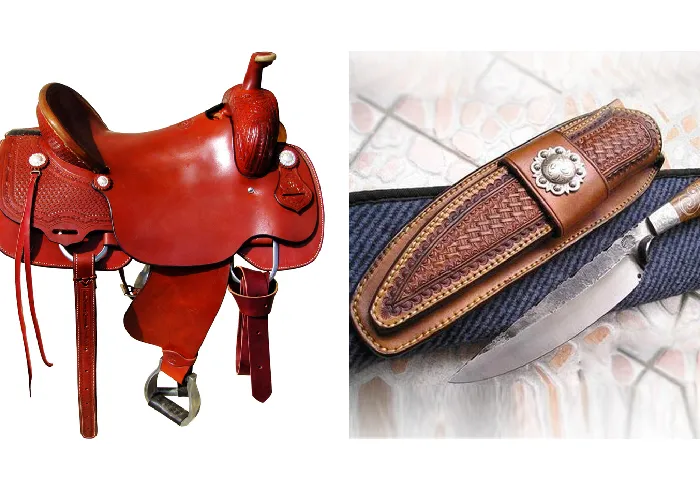stitching thick fabric
Stitching Thick Fabric A Craftsmanship Art
Stitching thick fabric can be both a challenging and rewarding task for any sewing enthusiast. Whether you're working with denim, canvas, or upholstery fabric, understanding the nuances of thick materials can greatly enhance your sewing projects. This article will delve into techniques, tools, and tips for successfully stitching thick fabric, turning your fabric into beautiful creations.
When it comes to stitching thick fabric, the first essential step is choosing the right tools. A heavy-duty sewing machine is a must, as standard machines may struggle with the bulk and density of thick materials. Look for machines with a strong motor and a high foot lift that can accommodate thicker layers. Additionally, using the right needle is crucial. A heavy denim needle (size 100/16 or larger) is ideally suited for thick fabrics. This type of needle is designed to pierce through multiple layers without bending or breaking.
Thread selection also plays a critical role in the success of your project. Opt for a stronger polyester or nylon thread, which can withstand the tension and stress that comes with thick fabric. Avoid cotton thread as it is more prone to breakage under heavy strain. For best results, use a longer stitch length, typically between 3.5 to 4.5 mm, to allow the fabric to move smoothly through the machine.
Prepping your thick fabric before you start stitching is another important aspect. One technique is to iron the fabric before cutting to ensure smooth edges and prevent fraying. It’s also wise to pin or use fabric clips to hold layers together securely. Thick fabrics can be unwieldy and may shift during sewing, leading to misaligned seams.
stitching thick fabric

When working with thick fabric, consider the type of seam you plan to use. A straight stitch is standard, but for added strength, a zig-zag stitch can be helpful, especially when finishing raw edges. If you’re creating bags or other items that will experience stress, techniques like topstitching can add durability and a professional finish.
Another tip for stitching thick fabric is to sew slowly. This approach gives you better control over the project and allows you to troubleshoot potential issues, such as fabric bunching or uneven seams. If you encounter difficulties feeding the fabric through the machine, using a walking foot can help. This specialized foot moves the top layer of fabric in tandem with the feed dogs, providing even tension and preventing slipping.
Lastly, do not underestimate the power of experimentation. Try different techniques on scrap pieces of your thick fabric to discover what works best for your specific project. Whether you’re making jackets, bags, or home décor items, practice will enhance your skillset and boost your confidence when working with challenging materials.
In conclusion, stitching thick fabric may require more effort and attention than lighter alternatives, but with the right tools, techniques, and a bit of practice, you can achieve professional results. Embrace the challenge, and enjoy the creative process as you transform bulky materials into stunning and functional items that showcase your craftsmanship. Happy sewing!
-
Industrial Cylinder Arm Sewing Machine: Revolutionizing Heavy-Duty SewingNewsJul.28,2025
-
Cylinder Arm Sewing Machine: Perfect for Special Sewing ApplicationsNewsJul.28,2025
-
Cylinder Bed Sewing Machine: Essential for Sewing Complex MaterialsNewsJul.28,2025
-
Heavy Duty Sewing Machine: The Essential Tool for Industrial ApplicationsNewsJul.28,2025
-
Computerized Pattern Sewing Machine: Revolutionizing Precision StitchingNewsJul.28,2025
-
Heavy Duty Industrial Sewing Machine: Power Meets PrecisionNewsJul.28,2025
-
Leather Sewing Machine: The Industrial Standard for Tough MaterialsNewsJul.18,2025





























